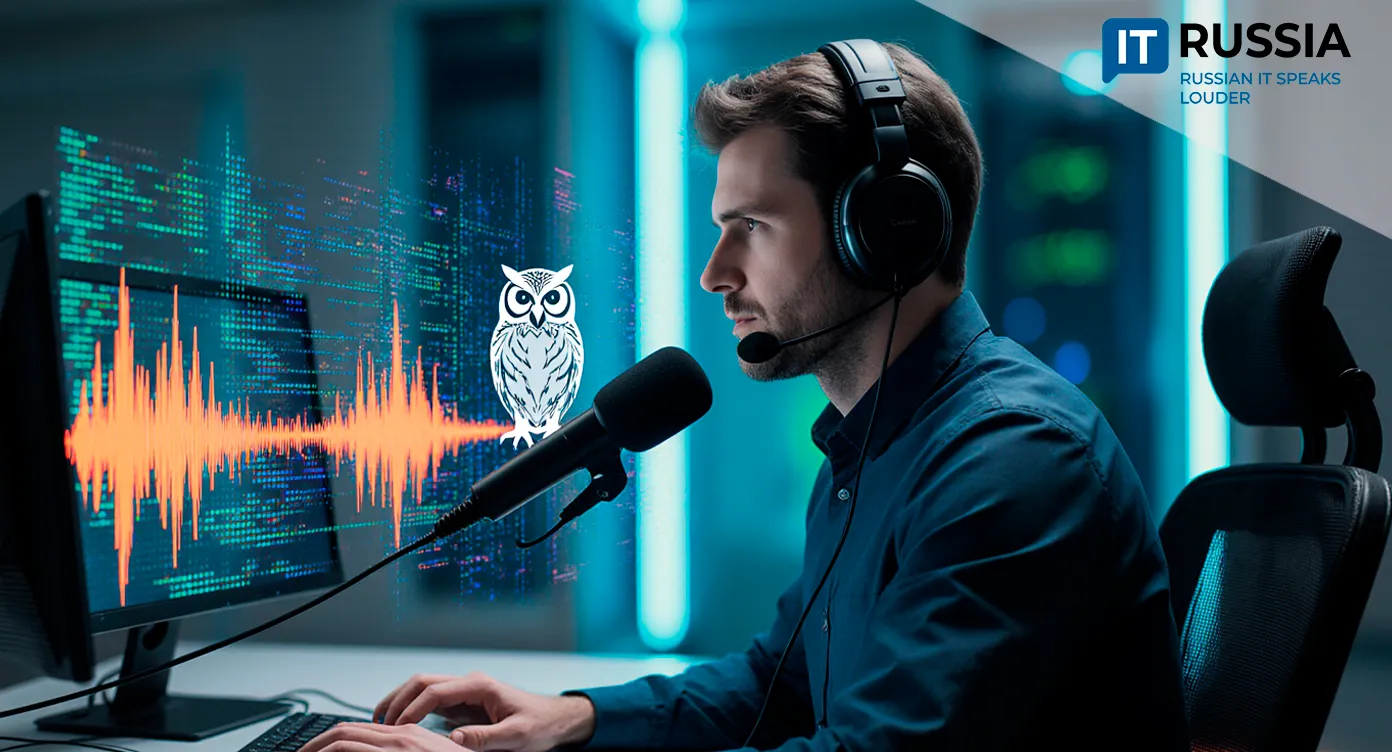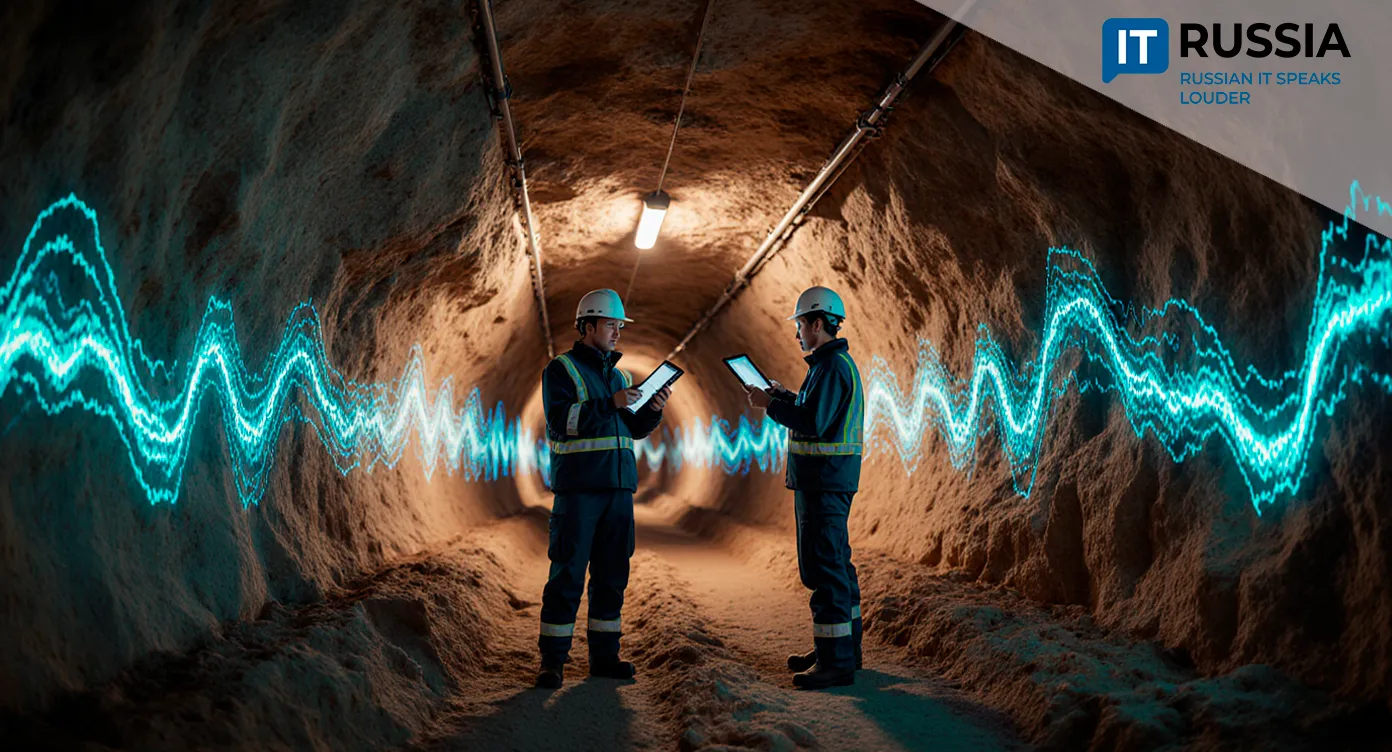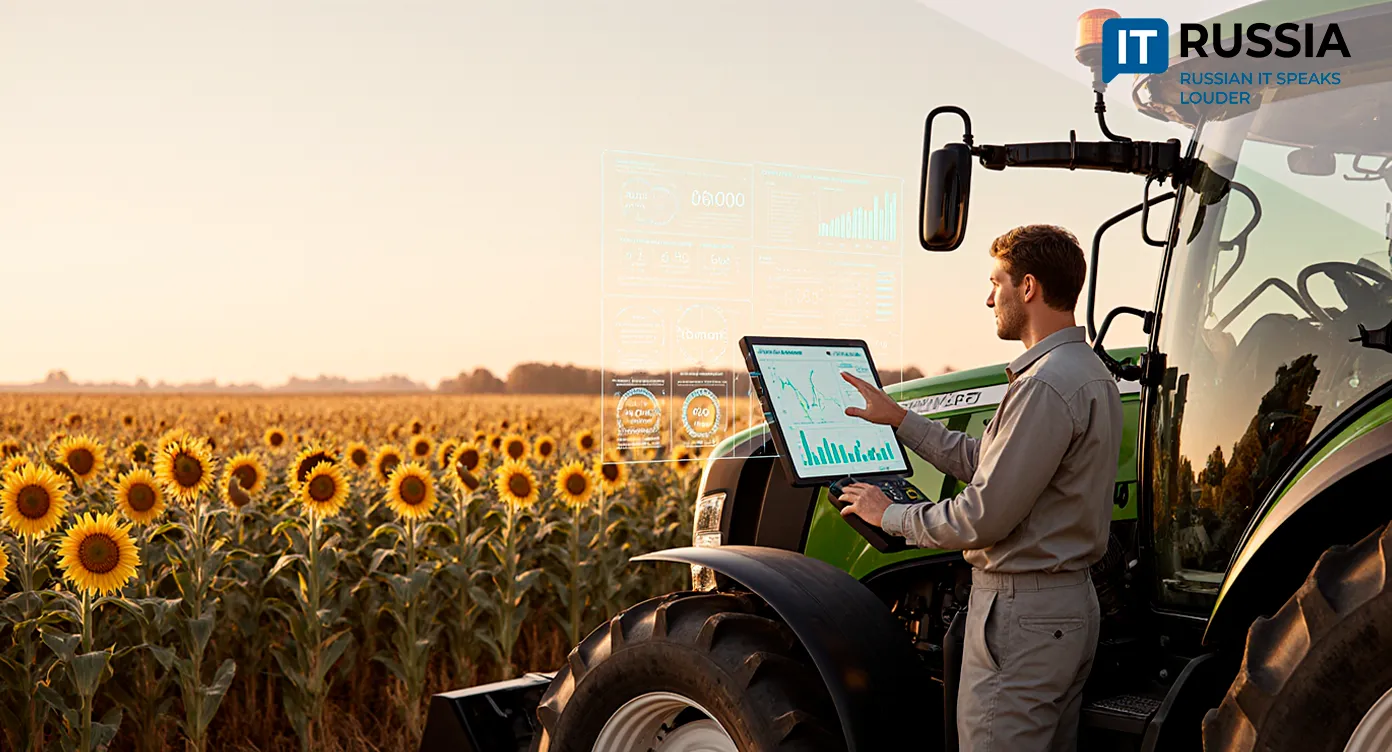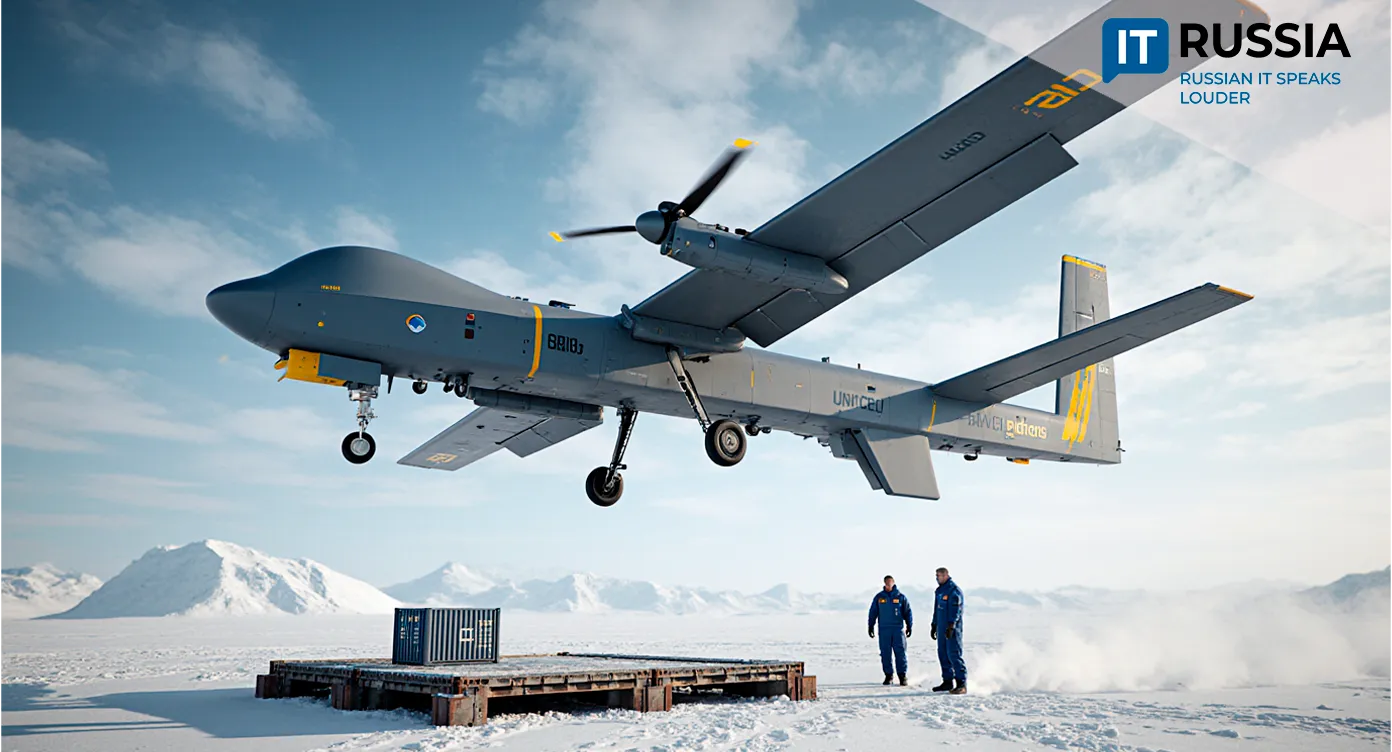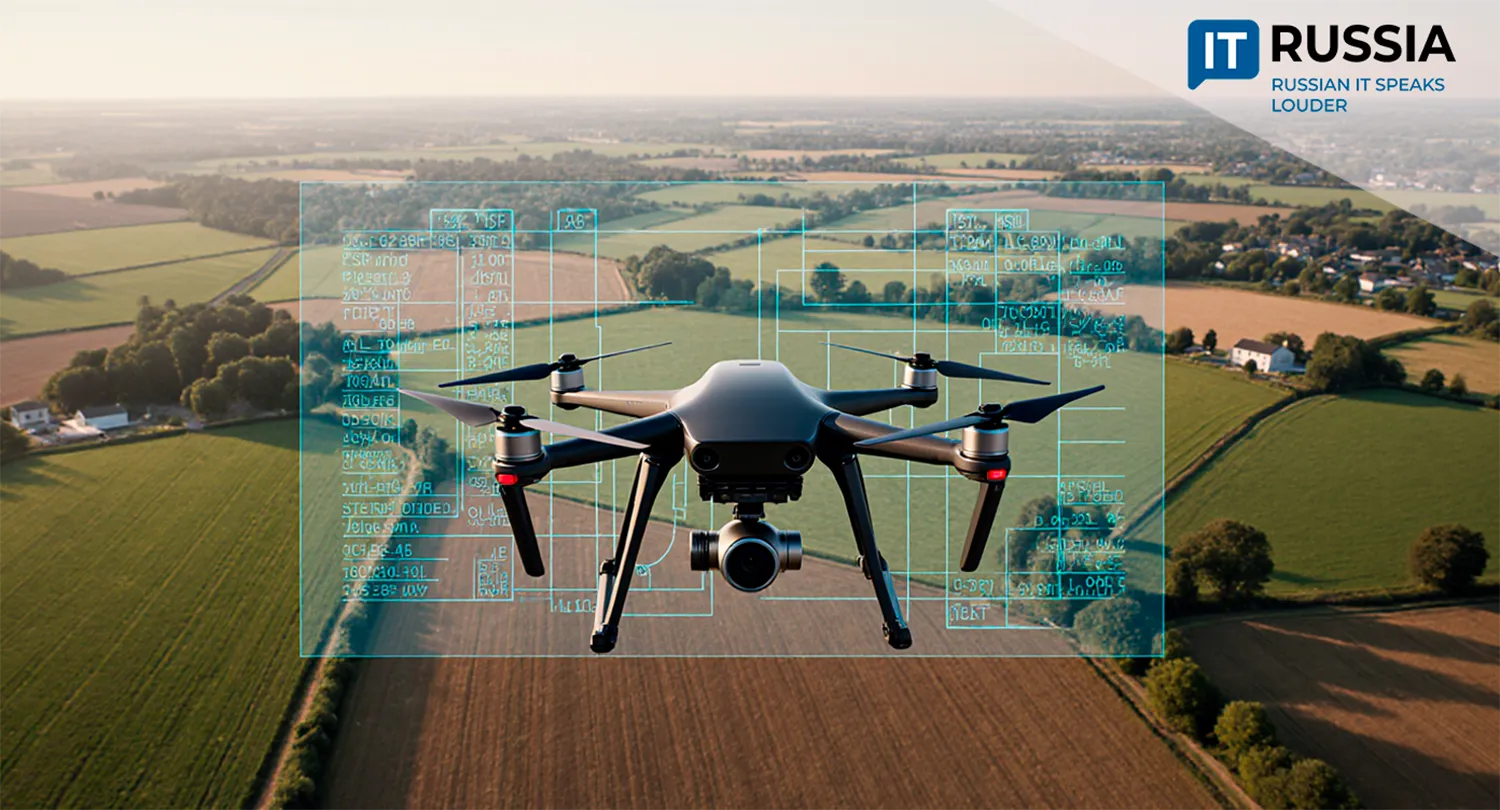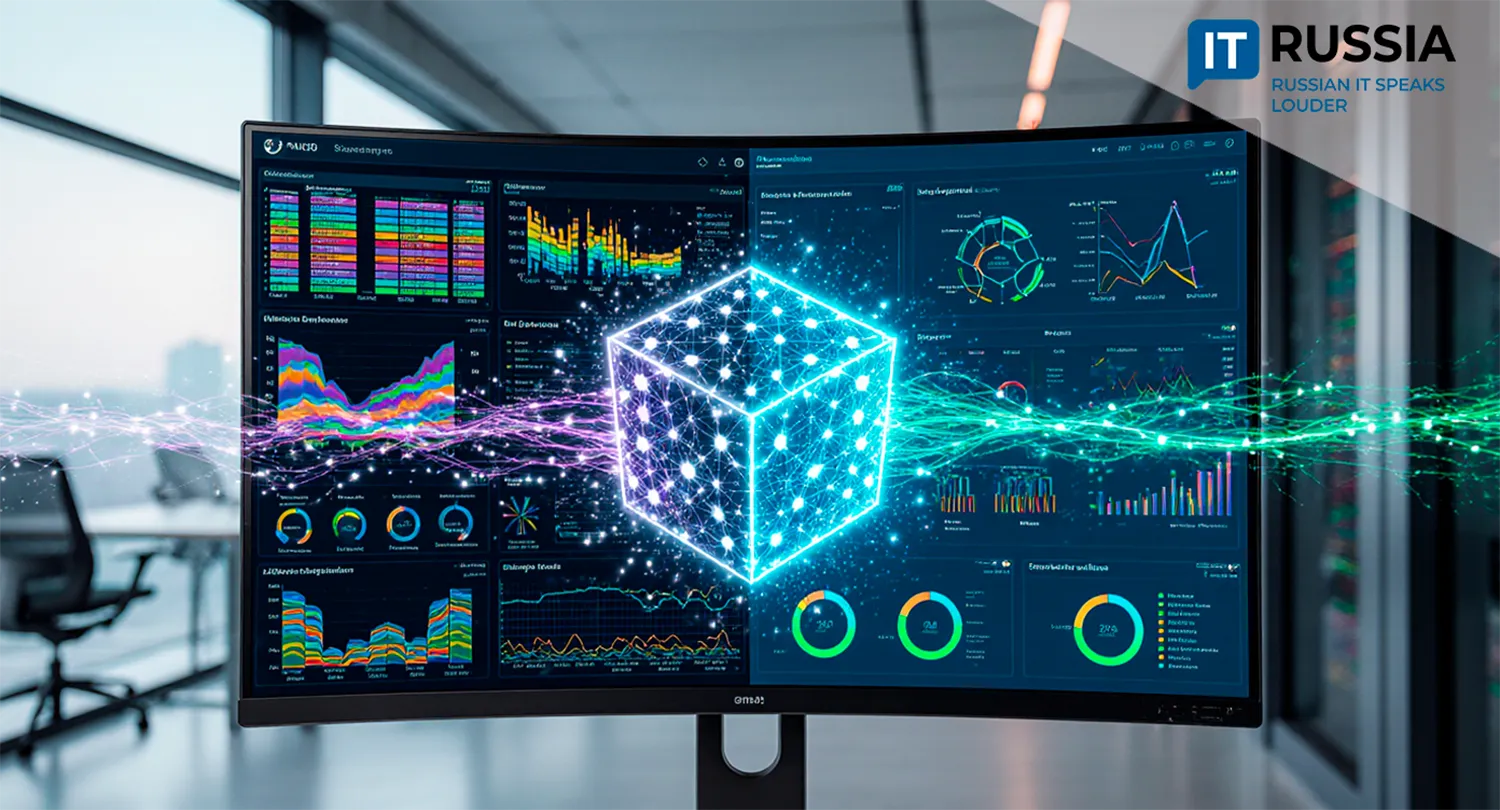Don’t Call a Fortune Teller: AI Can Warn About Stock Market Crashes

Stock market crashes are far from rare. And when they hit a country that plays a key role in the global economy, the shockwaves ripple across borders. Investors who fail to move their funds into liquid assets in time can lose millions. Now, Russia has developed a way to forecast such scenarios—and soften the blow.
AI Predicts the Risk
The National Research University Higher School of Economics (HSE) has unveiled a breakthrough: a hybrid neural network model capable of accurately predicting short-term financial crises on the Russian stock market. The research, published in the peer-reviewed journal Socio-Economic Planning Sciences, has already stirred serious interest in financial circles.
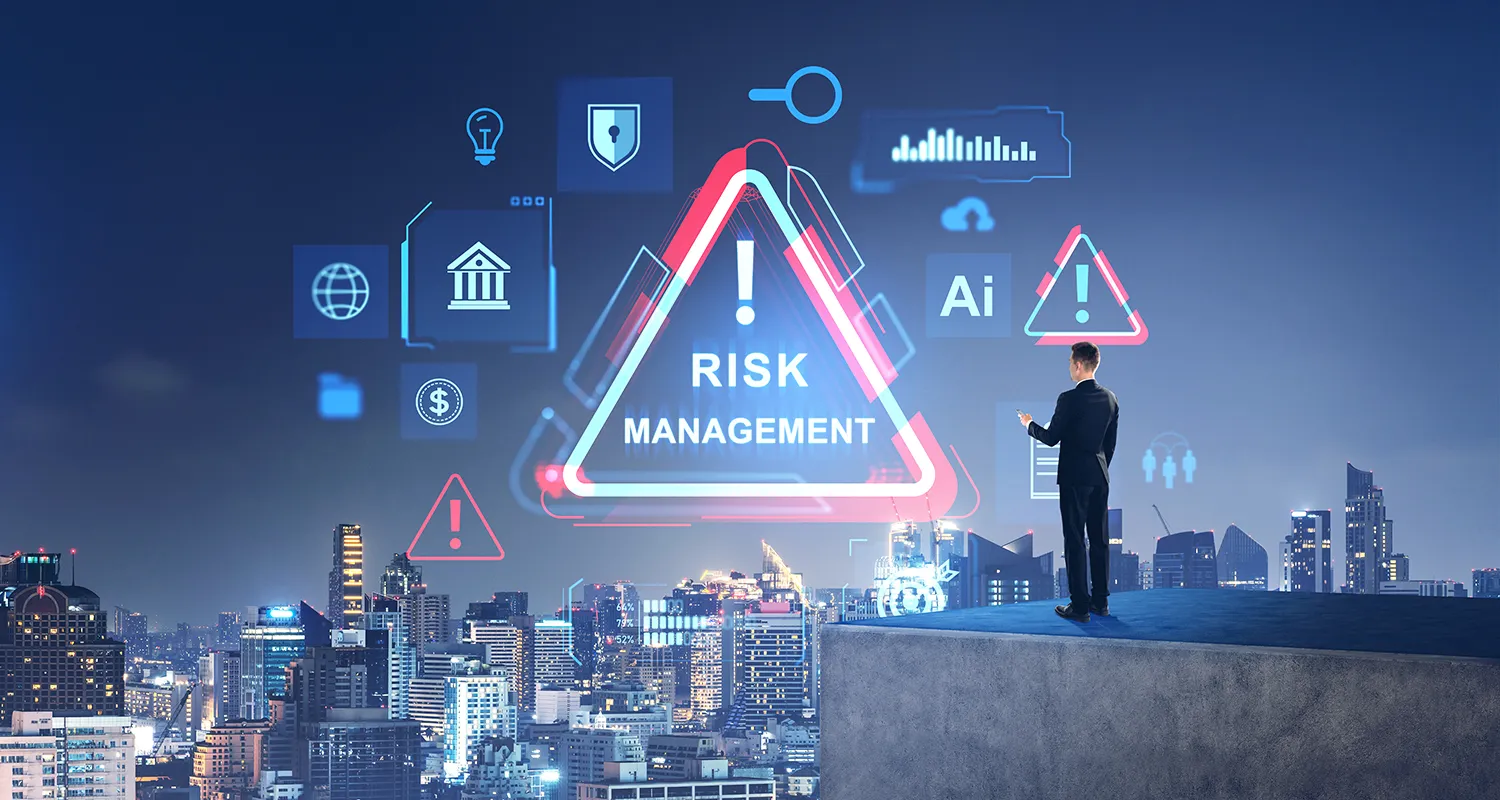
The model combines three advanced architectures — Temporal Convolutional Network (TCN), Long Short-Term Memory (LSTM), and Attention mechanism. Together, they deliver more than 83% accuracy in forecasting crisis events up to 24 hours before they strike. This marks the first successful case in Russia where a sophisticated hybrid AI model has been applied to real trading data with practical use for rapid market response.
What Makes It Unique
Traditional forecasting tools — ranging from ARIMA statistical models to GARCH modifications — struggle with highly volatile time series typical of stock markets. Hybrid neural networks, however, can capture hidden patterns that defy linear analysis.
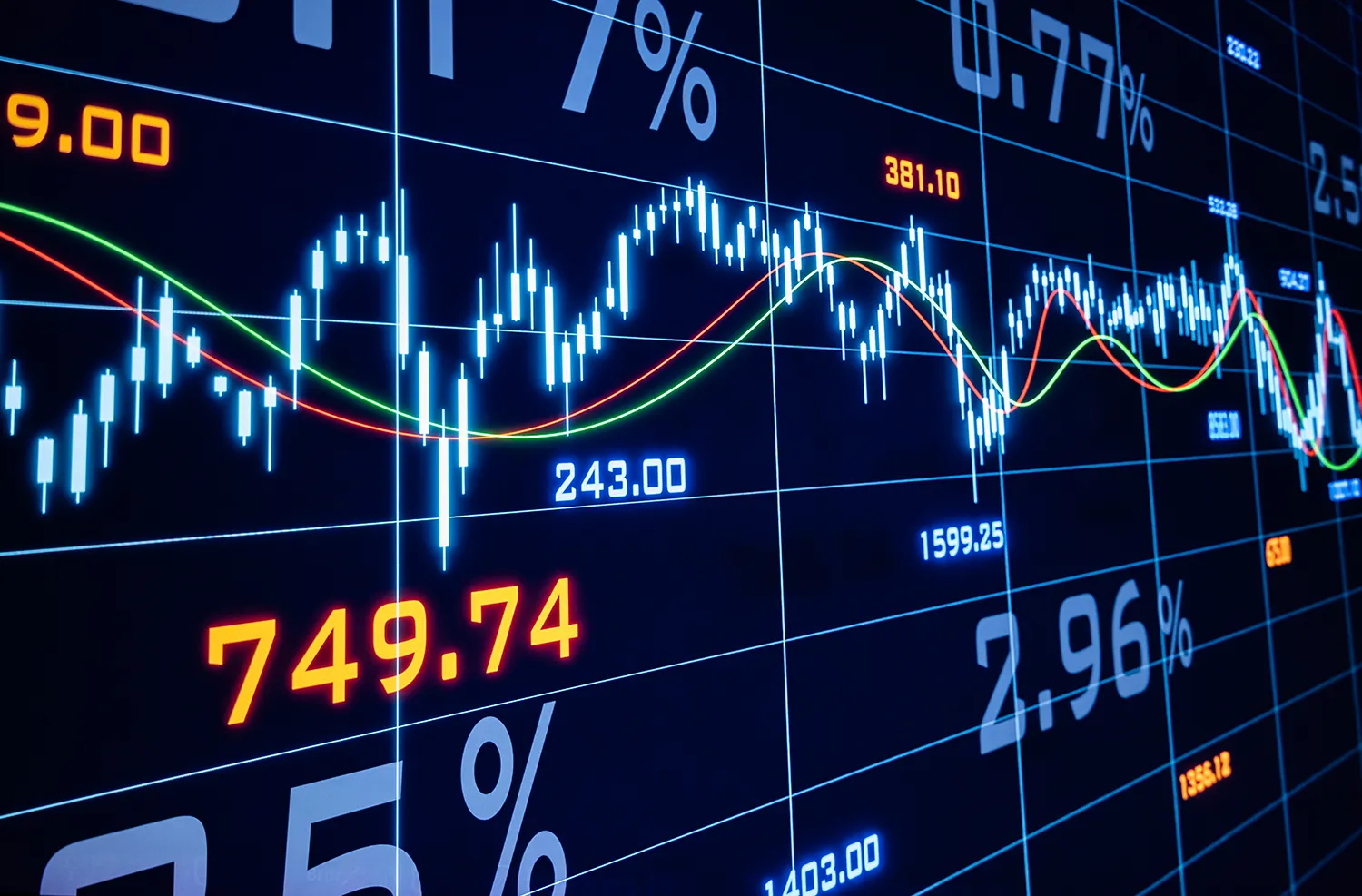
HSE’s researchers pushed the frontier further by adding emotional indicators — tracking investor sentiment across social media and financial forums. This sets their work apart from most international analogs, which rely mainly on quantitative data such as prices, volumes, and volatility. In today’s world, where behavioral economics plays a growing role, factoring in market mood has become critical.
Benefits for Investors and Regulators
Accurate forecasting can help investors adjust portfolios in advance, protecting themselves from sudden losses. With more than 35 million private investors holding brokerage accounts on the Moscow Exchange as of 2024, the potential impact is massive.
Corporations can also benefit. Early warnings make it easier to fine-tune market entry strategies, delay bond placements, or reschedule IPOs. For regulators, including the Bank of Russia, early detection offers the chance to intervene with stabilization tools before panic spreads.
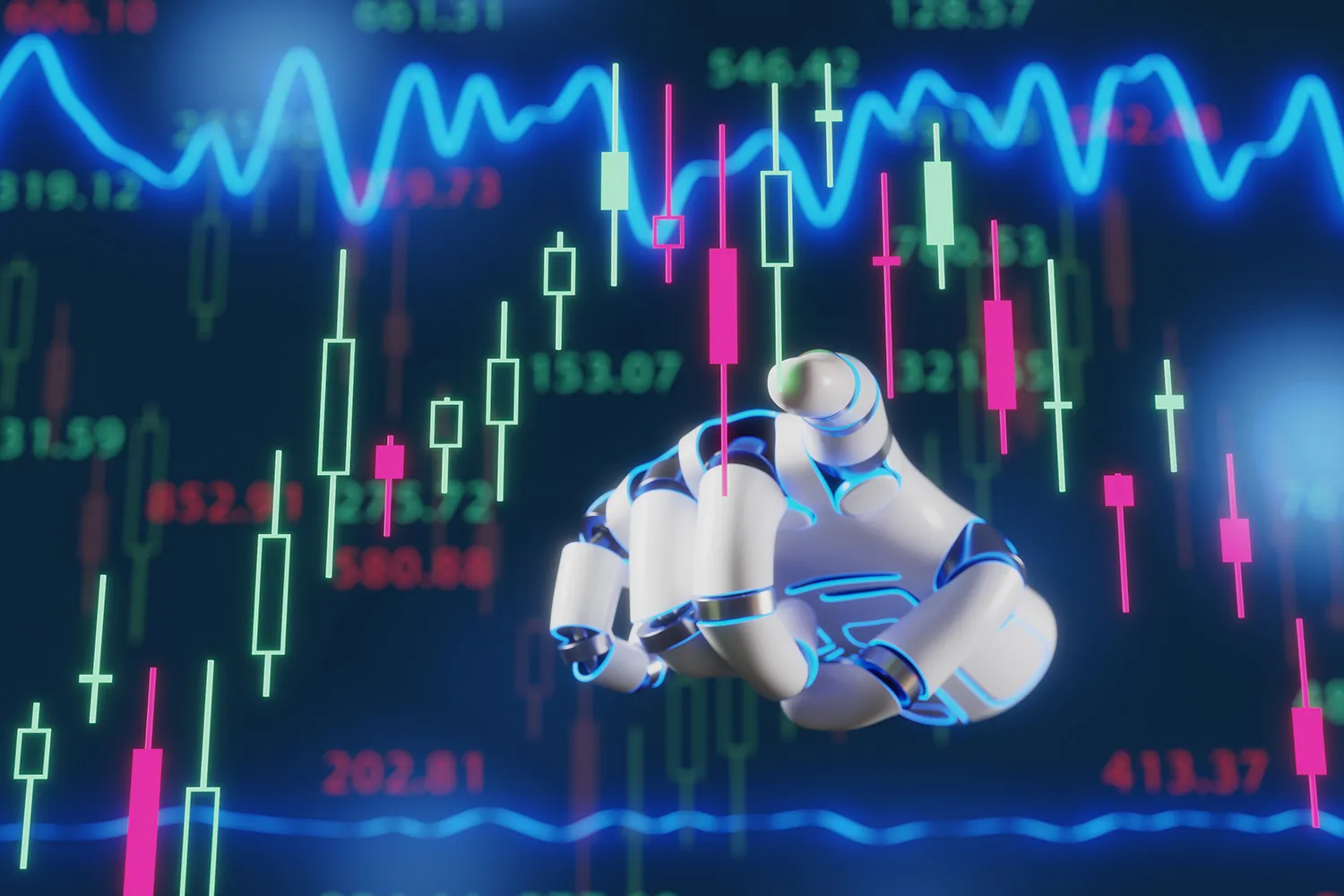
Adapting to Market Realities
Globally, research into crisis forecasting has been underway for years. China, for example, has tested an EWS system built on LSTM and SWARCH for detecting stock market turbulence. Another model, HARNet, applies convolutional networks to predict volatility.
But none of these solutions have been tailored to markets shaped by geopolitical pressures, limited liquidity, and extreme sensitivity to external shocks. HSE’s model is the first to take these realities into account, while also layering in emotional sentiment analysis.
The team plans to refine the system further, expanding forecasting horizons and improving reliability. This will likely increase its adoption both by financial institutions and regulators such as the Central Bank, Deposit Insurance Agency, Moscow Exchange, and major banks.
Export potential is also on the horizon. The technology could be offered as a SaaS product or through licensing agreements to emerging markets with similar structures, such as Brazil, Turkey, and India. The message is clear: Russia is capable of producing world-class technological solutions that can shape the future of global finance.




















